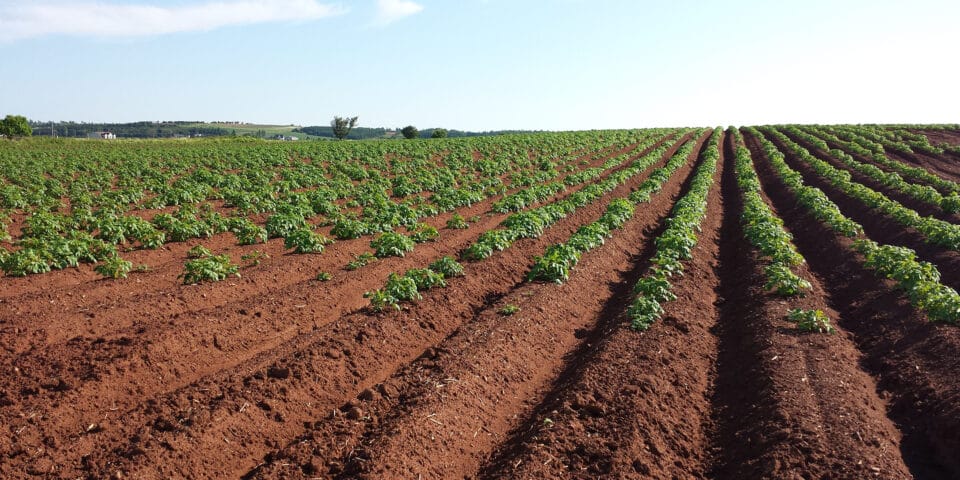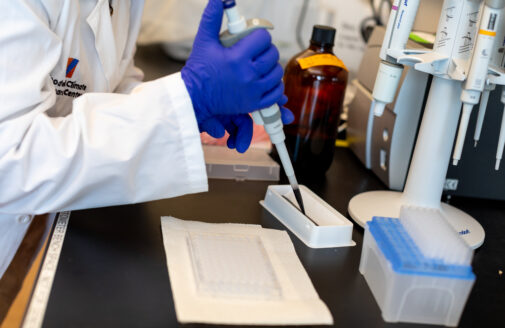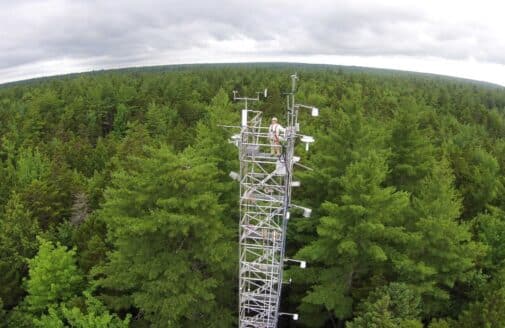Carbon market for climate smart agricultural practices
Why rigorous measurement, modeling, and scalability matter to farmers

Climate-smart agricultural practices that improve soil health and sequester carbon can provide financial benefits to farmers while concurrently improving environmental conditions by increasing biodiversity, reducing GHG emissions from undisturbed land, minimizing the need for fertilizers and pesticides, and improving water quality and drought tolerance.1 Farmers currently lack financial incentives to implement climate-smart management practices. Through a carbon credit program, farmers can increase their profitability and simultaneously implement farm management practices that enhance soils, improve environmental conditions, and mitigate climate change.2 Generatinghigh-quality carbon credits requires meticulous and transparent standards for GHG mitigation (for example, realistic baseline, additional, and permanent, etc.). Therefore, policy initiatives must focus on high-quality carbon credits underpinned by robust monitoring, reporting, and verification to ensure the long-term viability of carbon crediting program. This provides financial resilience to farmers and ensures long term environmental benefits. The government can support these initiatives by providing market assurance via certification of acceptable soil carbon offset standards, and by providing technical assistance to encourage grower enrollment in the most robust programs.
Key Takeaways
- A combined monitoring approach encompassing direct measurement, modeling and remote sensing technologies promotes an accessible and scalable program to farmers, helping to reduce their GHG emissions while securing their long-term financial resilience. See Table 1, which describes ways to improve the quantification of carbon credits in the future.
- The key to managing a complex, multi-field approach is very detailed tracking of field level reporting and verification activities so that the carbon program can be assured that there is no reporting overlap at the field level.
- Harmonization between government reporting and farm data systems could take several forms: collaboration between the USDA and carbon markets standard-setting bodies on what data are needed and how those requests are worded; development of a system for carbon project developers, verifiers, and/or registries to digitally access farmer data directly from the USDA, with safeguards for data privacy and security; and development of platforms by carbon market participants whereby carbon project data collection can be leveraged to generate government reports directly.
- By continually assessing which data are hard to obtain as well as which parameters are most important to GHG outcomes, we can simplify the inputs required (by sourcing default values) without sacrificing the collection of program critical data. If we align modeling and reporting with the types of data the farmers are generating, it reduces friction at the field level. Alignment along the chain from field to model to GHG reporting will reduce confusion, complexity, and conversions, and make it easier to implement software to increase automation and reduce effort and potential sources of error.
- Research is needed to understand the drivers of carbon loss and the related indicators that can be monitored remotely.
- Software and digitization of farm data can reduce the complexity of a multi-field project, enable faster payments to growers, and lower the burden of data collection and increase the quality of data collected.
- It is critical that federal policies support and enhance farmers’ ability to generate high-quality (i.e., credible and verifiable) carbon credits and avoid policies and programs that place unintentional and unnecessary roadblocks to farmer participation in carbon markets.









